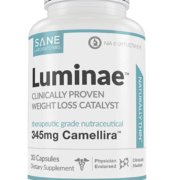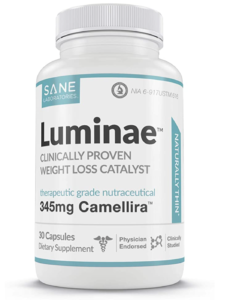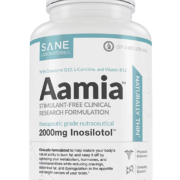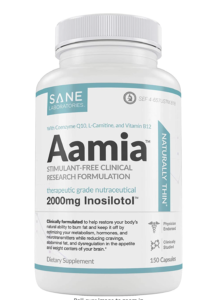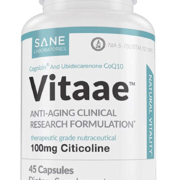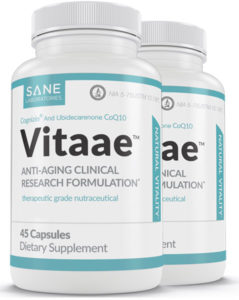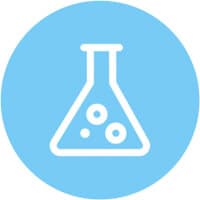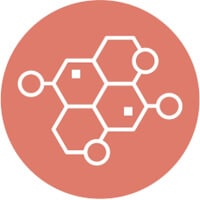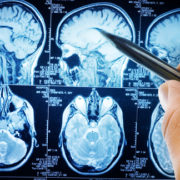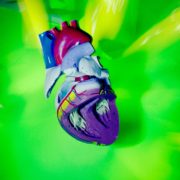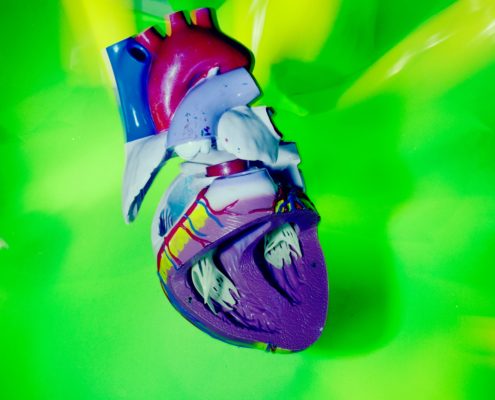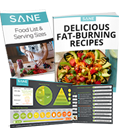Luminae
SANE Luminae is a Natural Metabolism Booster for Weight Loss With Green Tea Leaf Extract That Quickly Lowers Set-Point Weight.
Luminae: Boost Your Metabolism Stimulant Free
- SANE Luminae is a healthy, natural weight loss supplement for women and men, clinically proven to aid your metabolism and restore its natural function to work effectively and burn fat for energy.
- Specifically formulated to lower your set-point for natural, effective fat-burning and weight loss. This metabolism booster increases fat burning by up to 300% with safe, natural nutrients and amino acids.
- 7-Keto DHEA promotes lean body mass and helps build muscle. Green Tea Leaf Extract is an anti-oxidant and helps boost your metabolism for quick fat loss. Safe and natural weight loss supplement.
- No jitters! Virtually stimulant-free formulas so you can burn fat day and night! SANE Luminae has a very small amount of decaffeinated green tea—only 1.5mg of naturally occurring caffeine per serving. (There are 95mg of caffeine in a cup of coffee.)
- Guaranteed safe with multiple levels of quality assurance — Made from the highest quality ingredients in a N.S.F. and G.M.P. certified manufacturing facility based in the USA.
SANE Luminae™, is a complementary formula that synergistically increases the potency and effectiveness of SANE Aamia™ using a patented ingredient that has been shown in clinical studies to increase weight loss by 3 times. After you select your package you will be able to choose how many you would like to order to enjoy an even bigger discount.
Green Tea Extract in Luminae
The green tea extract built into the formulation of Luminae aids in torching belly fat and lowering set-point and a natural yet fast way. The best part? You’ll be jitter free as Luminae is stimulant free!
Luminae Weight loss pills that actually work, and are good for you!
If diet and exercise are still not getting you the results you want, you likely have an elevated set-point weight. This can make burning fat and losing weight nearly impossible.
When you lower your set-point, you physically change how your body works so you can be more like those lucky naturally thin people who burn calories when they eat calories (instead of storing calories as fat).
SANE Nutraceuticals give you instant access to a new synergistic blend of rare clinically studied ingredients that work in two ways to help lower your set-point weight and create the perfect “metabolic environment” that is optimal for burning stubborn fat.
First, with its revolutionary formulation of lipotropic nutrients it helps your body transport fat from adipose tissue to other tissues like your liver and muscles where it is burned and increases your energy instead of being stored as dangerous belly fat, or what is known medically as visceral fat. Basically they help free-up the fats stored in tissue and put them into your bloodstream to make them more available for your body to use for energy.
Then the L-Carnitine amino acid in your SANE Nutraceuticals transports that newly “freed” body fat into the energy producing power plants in your cells called mitochondria. These amazing “cellular power plants” collect the fat and incinerate it to produce energy you can feel all day long.
Energy plus increased fat-burning… It doesn’t get much better than that!


